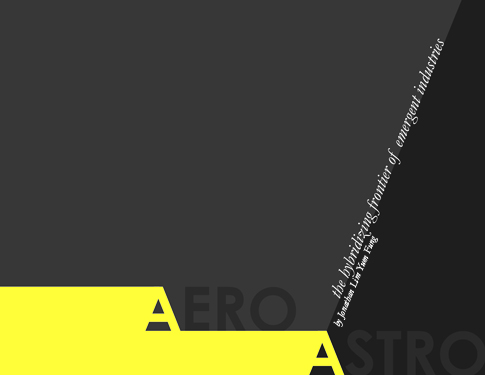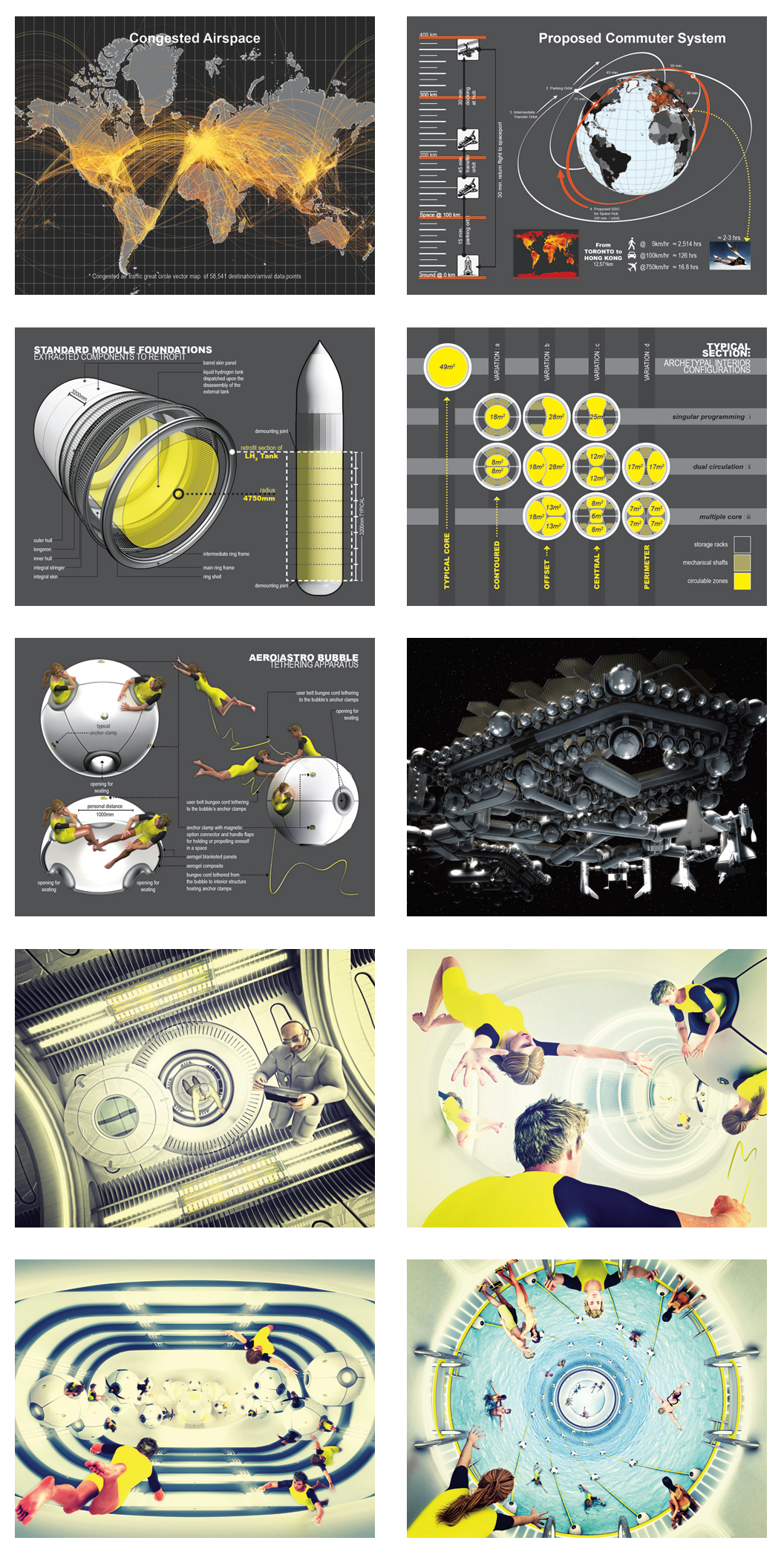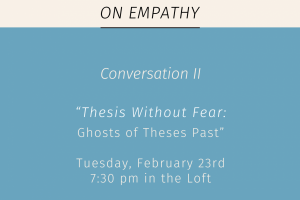Architectural designers often need to strike an uneasy balance between idealism and reality. Under most circumstances, architects are restricted by clients, budgets, and available technologies. However, divorced from traditional constraints, visionary concepts of new dwellings, new cities, and new “worlds” will spark greater forms of innovation and drive creativity for future generations. The exploration of new spatial boundaries and conceptual environments for design will irrevocably alter the human experience while adapting new challenging roles for future architects.
Architecture can be understood in part as the art of organizing spaces through the manipulation of materials and forms. Designed spaces are arranged to provide unique sensory reactions for their occupants while emotionally and physically orientating them on Earth. As a catalyst towards the awareness of one’s surroundings, architecture has always had to contend with the many limiting factors imposed by the forces on Earth. These include, but are not limited to, gravity and climate. On Earth, structurally sound construction is limited by the forces of gravity as it influences design capabilities by standardizing forms, functions, and structural elements of architectural spaces. New design challenges and opportunities arrive when we look to create structures outside of Earth’s boundaries.
This thesis proposes a futuristic model of an efficient and unique passenger transport system that connects Earth-based hybrid air/space ports with an outer space orbital infrastructural hub. This modern intervention will allow for new outer space industries, such as transit, tourism, and hospitality, which will provide unique opportunities for the future of humanity. Additionally, the thesis studies the positive architectural and experiential potentials for the future living occupancy of outer space. In recognizing the financial and logistical limitations of current space constructions, such as the International Space Station, the thesis looks beyond the limitations of current technologies and towards designs that are driven by the fulfillment of human experiences in space. Life in space, the thesis envisions, will spark new human experiences and rituals while necessitating new forms and designs in architecture. Weightlessness and its related spatial disorientations, in addition to the many other unique conditions in this unfamiliar territory, will inspire a new conceptual language for architecture and human cultures. The thesis will demonstrate that spaces designed for extraterrestrial experiences can be innovatively dynamic as they respond to new cultures and activities that evolve as a reaction to extreme conditions. Introducing humans to the environs of orbital space will be the initial stage in a long-term phasing tactic to colonize and commercialize beyond the expanse of Earth, eventually extending humanity to the remote neighbouring planets of the universe.
The examining committee is as follows:
Supervisor:
Eric Haldenby
Committee Members:
Terri Meyer-Boake, University of Waterloo
Andrew Levitt, University of Waterloo
External Reader:
David Warne, Levitt Goodman Architects
The Defense Examination will take place: Monday, January 21, 2013 1:30 PM ARC 2026





Leave a Reply